Marine Science
Rhythm adjustment for CO2 rise
Evolutionary alterations to circadian rhythm genes help reef fish adapt to the higher levels of carbon dioxide of future oceans.


KAUST researchers have shown that one type of damselfish can produce offspring capable of tolerating the predicted higher CO2 conditions of future oceans.
© 2016 James Cook University
Much of the excess carbon dioxide (CO2) in our atmosphere released from burning fossil fuels is taken up by the oceans. However, the dissolved CO2 increases the acidity of the water, with inevitable impacts on fragile marine ecosystems such as coral reefs. Researchers at KAUST are conducting genomic experiments on generations of reef fish to determine how they might adapt to rapidly changing conditions1.
Fish rely on certain behaviors to avoid predation and to ensure their populations are replenished. Scientists have noticed that under higher CO2 conditions, young fish lose the ability to respond to cues from other fish, leaving them vulnerable to predation. Such behavioral changes are detrimental to the fish population; if they are to survive in altered environments, they need to be able to adapt.
Tracking changes in the genome in subsequent generations provides insights into how such adaptations occur. Timothy Ravasi, KAUST professor of bioengineering, his postdoctoral fellow Celia Schunter and co-workers from the University’s Biological and Environmental Science and Engineering Division analyzed genetic data from parent and juvenile damselfish (Acanthochromis polyacanthus) to see how the fish reacted to ocean acidification.
“We developed a unique fish rearing experiment that allowed us to measure the effects of ocean acidification across generations,” said Ravasi. “By combining data from the genome with information about RNA and protein expression, we were able to uncover the transgenerational molecular responses of the fish’s brains.”
After rearing wild-type damselfish in captivity, the team separated adult fish into two groups: those that were naturally tolerant of high CO2 and those that were sensitive to it. Their offspring were raised in the same CO2 conditions as their parents—either at current pH levels or at near-future levels with higher CO2.
The immense amount of sequencing data generated by the project was unprecedented for a wild-type organism and took the team considerable time to analyze.
The researchers found many molecular differences between the tolerant and sensitive offspring, including alterations to both genes and protein expression. Significantly, the main differences involved changes to the circadian rhythm genes in the tolerant offspring, a finding Ravasi had not anticipated.
“In all coral reefs, CO2 levels naturally fluctuate between day and night due to coral symbiont photosynthesis,” explained Ravasi “Reef fish adjust their bodies to compensate for elevated nighttime CO2, and of course this is controlled by circadian rhythm. It seems the tolerant offspring may have adjusted their circadian clocks as if it were always night!”
Ravasi’s team was recently awarded a grant to expand their project to investigate the mechanisms behind these findings.
References
-
Schunter, C., Welch, M.J., Ryu, T., Zhang, H., Berumen, M.L. Nilsson, G.E., Minday, P.L. & Ravasi. T. Molecular signatures of transgenerational response to ocean acidification in a reef fish. Nature Climate Change 6, 1014-1018 (2016).| article
You might also like
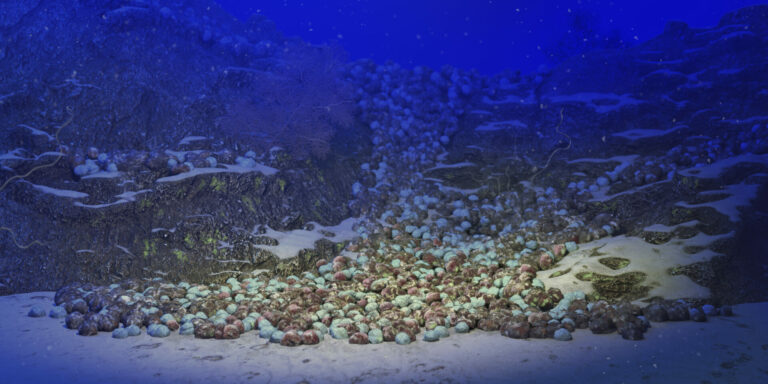
Marine Science
Rolling "balls" provide substrate for marine life
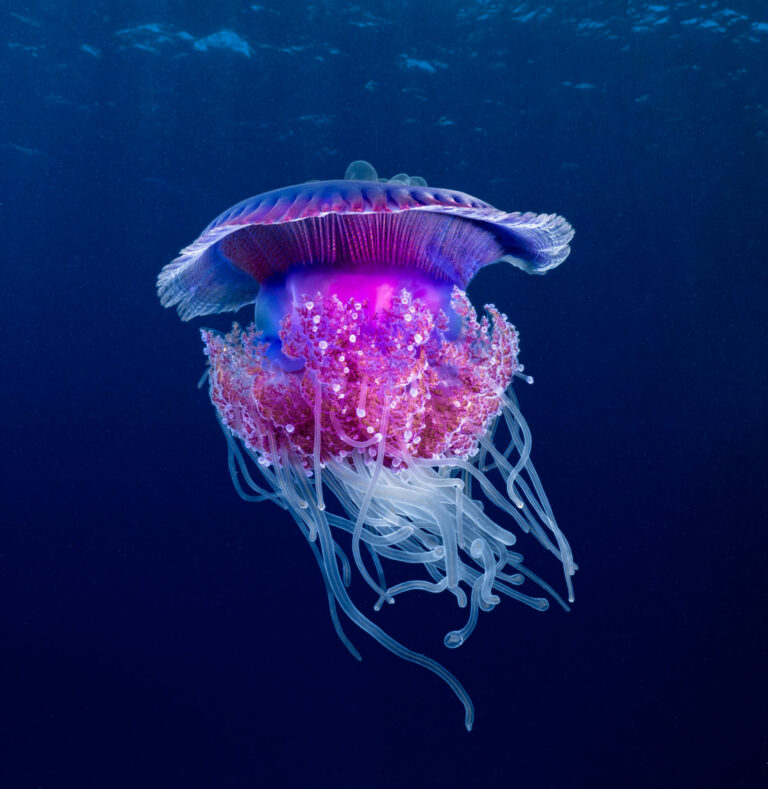
Bioscience
Cataloging the complexity of the ocean genome

Bioscience
Sediments reveal core stressors on Red Sea ecosystems
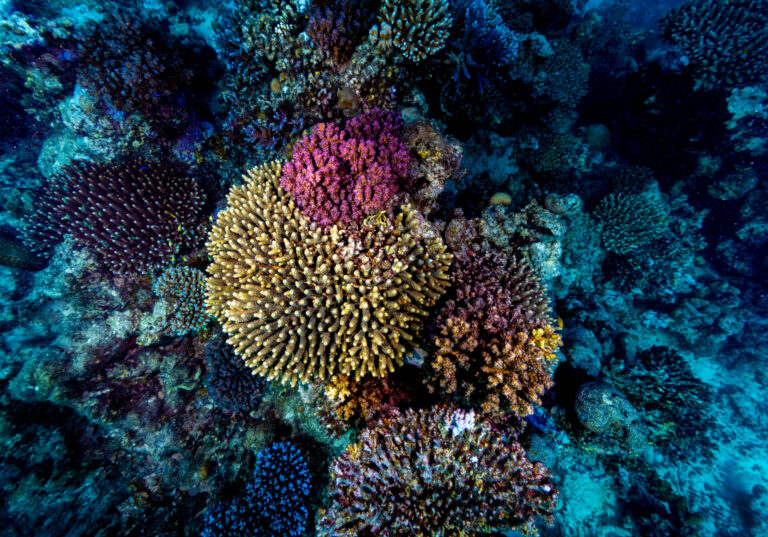
Bioscience
Probiotics offer protection for wildlife

Applied Mathematics and Computational Sciences
Measuring the impact of desert greening
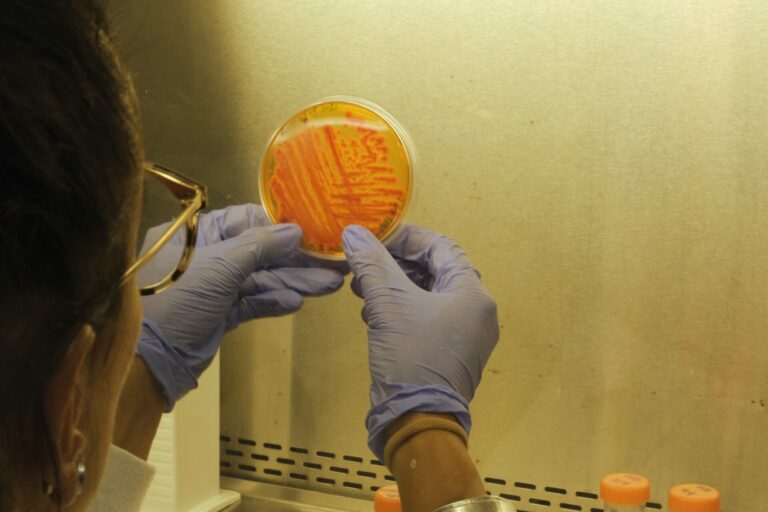
Marine Science
Microbiomes shaped by enzymes' responses to ocean temperatures

Applied Mathematics and Computational Sciences
Data-driven regional ocean models essential for planning
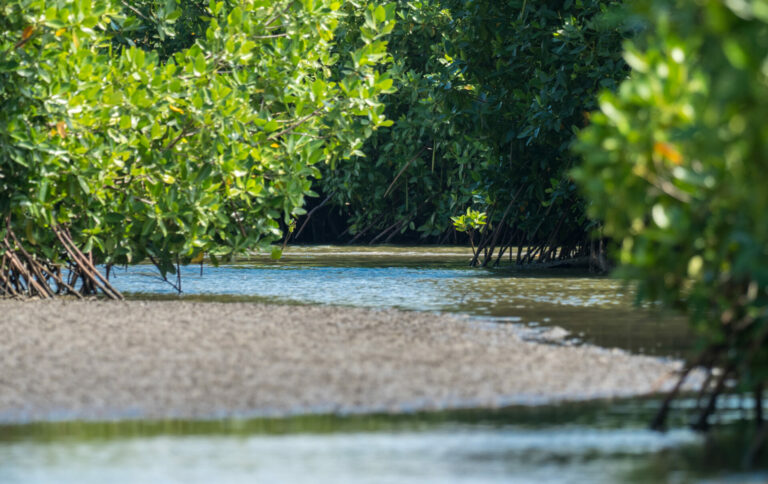
Bioscience



